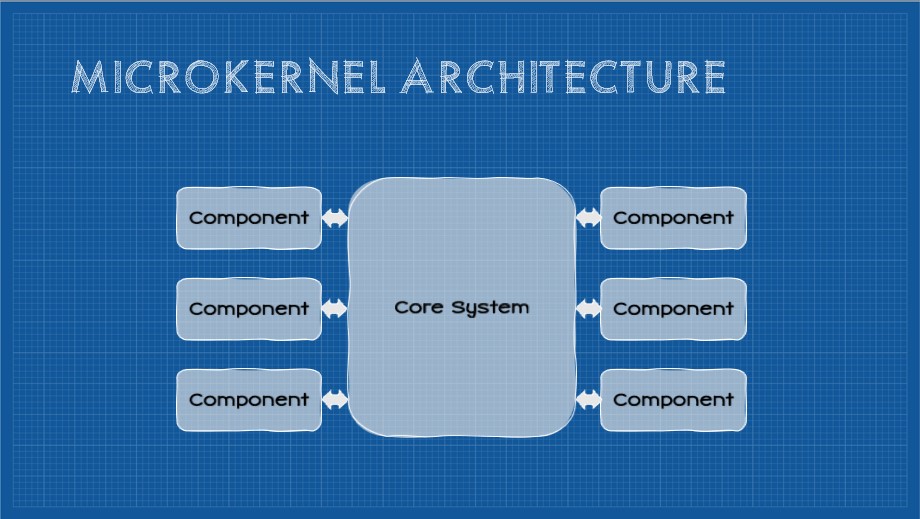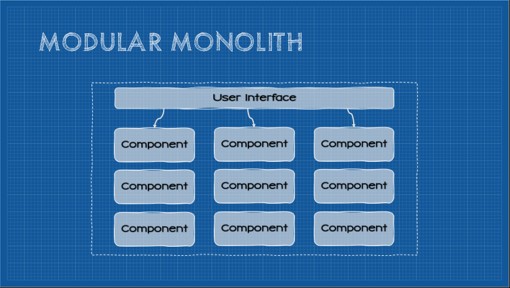Abstract Style: Microkernel

Agility is a term that is typically poorly-defined–and often overloaded–in many business circles. Yet the underlying capability remains highly sought-after. Agility can be broadly defined as the ability of the business to adapt and respond to change. Agility is desirable because change is inevitable, and comes in a number of forms. With the progression of technology, from digital computers to personal computers, to the internet, to the web, to the mobile web, and beyond; the rate of change is only increasing. Businesses unable to keep pace will be disrupted, and we see this almost daily. We also cannot escape the fact that software runs almost every business. While there is a near infinite number of ways to write code to ship a set of features, software systems that are rigid and difficult to change will continue to constrain business agility. In short, if our software is not agile, the businesses it powers won’t be either.
As we have discussed in previous posts in this series, conventional wisdom is that monolithic architectures might offer low cost and high simplicity, but aren’t capable of meaningful agility. Through careful combination of key architectural constraints, however, architecture can yield monolithic systems that balance agility and simplicity. The goal of architecture is not to provide “a lot” (undefinable) of a given capability, but a minimum of “enough” (driven by business needs). To this end, we introduce another abstract architectural style, the Microkernel Architecture Pattern.










